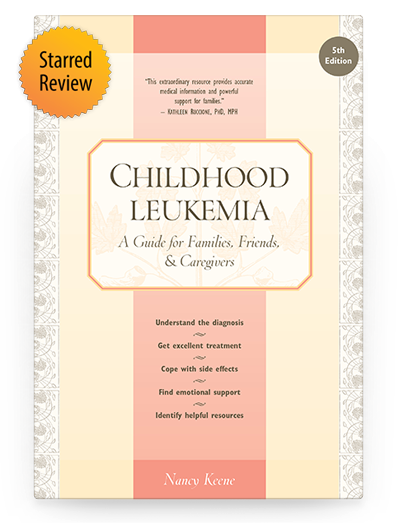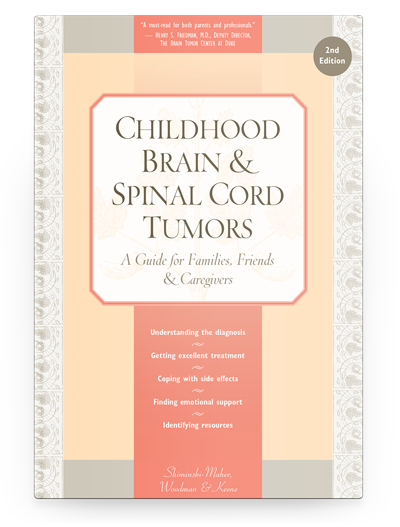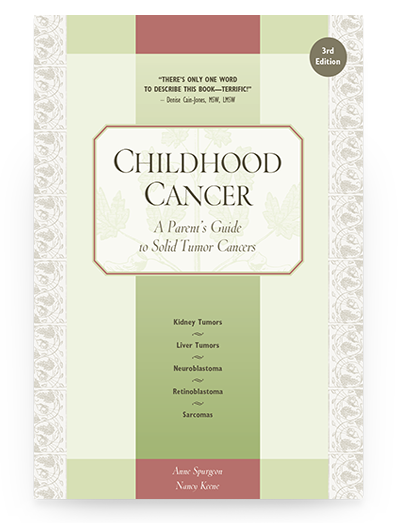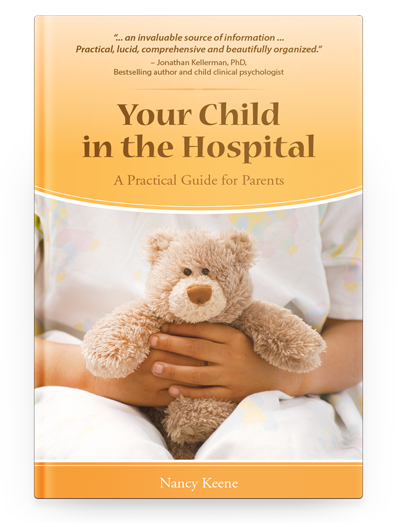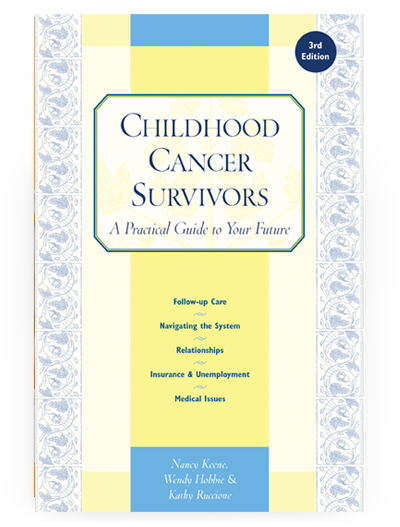
Your Child in the Hospital
Your Child in the Hospital
A Practical Guide for Parents, 3rd ed.
By Nancy Keene
Copyright 2015
No parent likes to think about their child having to go to the hospital. But it happens—more than 3 million children are hospitalized each year in the United States. Whether a child needs stitches, outpatient surgery, or a long stay in the hospital, Your Child in the Hospital describes how parents can make the most of the facilities, liven up the atmosphere, and even have some fun. It explains how to:
- Prepare your child
- Cope with procedures
- Plan for surgery
- Communicate with doctors
- Deal with bills and insurance
It is also full of sensible tips as well as suggestions about what to pack, helpful books to read beforehand, and even how to get free plane rides for specialty care. Woven throughout the text are dozens of practical and encouraging stories from parents of hospitalized children. When you are packing the stuffed animals and pajamas to take to the hospital, make sure to take this book with you!
Table of Contents
All Guides- Introduction
- 1. Before You Go
- 2. The Emergency Room
- 3. Preparing Your Child
- 4. The Facilities
- 5. The Staff
- 6. Communicating with Doctors
- 7. Common Procedures
- 8. Surgery
- 9. Pain Management
- 10. Family and Friends. What to Say
- 11. Family and Friends. How to Help
- 12. Feelings and Behavior
- 13. Siblings
- 14. Long-Term Illness or Injury
- 15. School
- 16. Medical and Financial Records
- 17. Insurance
- 18. Sources of Financial Help
- 19. Looking Back
- My Hospital Journal
- Packing List
- Resources
- Contributors
- About the Author
How to Use this Book
While conducting research for this book, we were repeatedly told by parents to “write the truth.” Because the “truth” varies for each person, more than 100 parents, children with brain or spinal cord tumors, and their siblings share portions of their experiences. This book is full of these snapshots in time, some of which may be hard to read, especially by families of newly diagnosed children. Here are our suggestions for a positive way to use the information contained in this book:
Consider reading only the sections that apply to the present or the immediate future. Even if your child’s prognosis indicates a high probability of a cure, reading about recurrence or bereavement can be emotionally difficult.
Realize that only a fraction of the problems that parents describe will affect your child. Every child is different; every child sails smoothly through some portions of treatment but encounters difficulties during others. The more you understand the variability of cancer experiences, the better you will be able to cope with your own situation, as well as be a good listener and helpful friend to other families you meet with differing diagnoses and circumstances.
Take any concerns or questions that arise to your pediatric oncologist and/or nurse practitioner for answers. The more you learn, the better you can advocate for your child.
Share this book with family and friends. Usually, they want to help, but don't know what to do. The childhood cancer-specific guides not only explains the disease and treatment but also offers dozens of concrete suggestions for family and friends.
If you want to delve into any topic in greater depth, Appendix C, Books and Websites, is a good place to start. It contains a list of reputable websites and an extensive list of books for parents and children of all ages. Your taste in reading materials is very individualized, so if something suggested in the appendix is not helpful or upsets you, feel free to try another resource.

